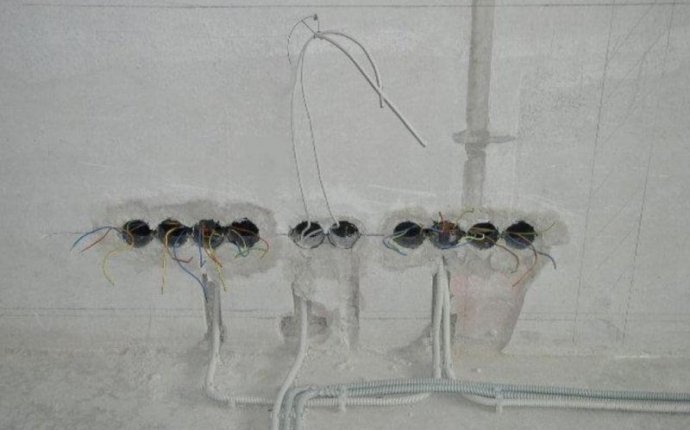
Cable In The Wall
 The way in which the cab is constructed always depends on such factors: the type of electrical wire (open/open), the category of premises (traffic, production and so on) and the material from which the building is constructed, that is, its fuel.
The way in which the cab is constructed always depends on such factors: the type of electrical wire (open/open), the category of premises (traffic, production and so on) and the material from which the building is constructed, that is, its fuel.
Methods of laying wires and cables in hidden wires
In dwellings, the most common preference is for a hidden wire. Most people far from electrical installation represent it in the form of a ropes (in professional language, in stroba) on the wall or ceiling in which cables drawn to pinks, boxes and switches are sealed. In fact, this type of hidden wire is the most common.
 But what do we do if the wall is loaded and fragmented can weaken its design? Or another option: a wooden house. Besides, rubbing a tree isn't very comfortable, because it doesn't make sense how to lure it. Oh, even putting cable in a wooden wall, we're blatantly violating fire safety rules, the cable doesn't have to go through burnt structures.
But what do we do if the wall is loaded and fragmented can weaken its design? Or another option: a wooden house. Besides, rubbing a tree isn't very comfortable, because it doesn't make sense how to lure it. Oh, even putting cable in a wooden wall, we're blatantly violating fire safety rules, the cable doesn't have to go through burnt structures.
So, the tramp and the cable hidden in it, this option only fits for concrete and brick walls. Yes, only when there is a certainty that the wall has sufficient strength. Straight floors and, in particular, ceiling overlaps are not recommended without any calculations or additives.
1. Vertical walls. We've already mentioned the trails for the walls from the villain materials. In the lounges of multi-family houses, the stroves are factory-- they are and preferably use, because it is questionable to touch the merchandise concrete. If the wall is wooden or cannot be trembled, the hidden wire can only be arranged under a ply, a sheet of GL, a GVL or a SML.











